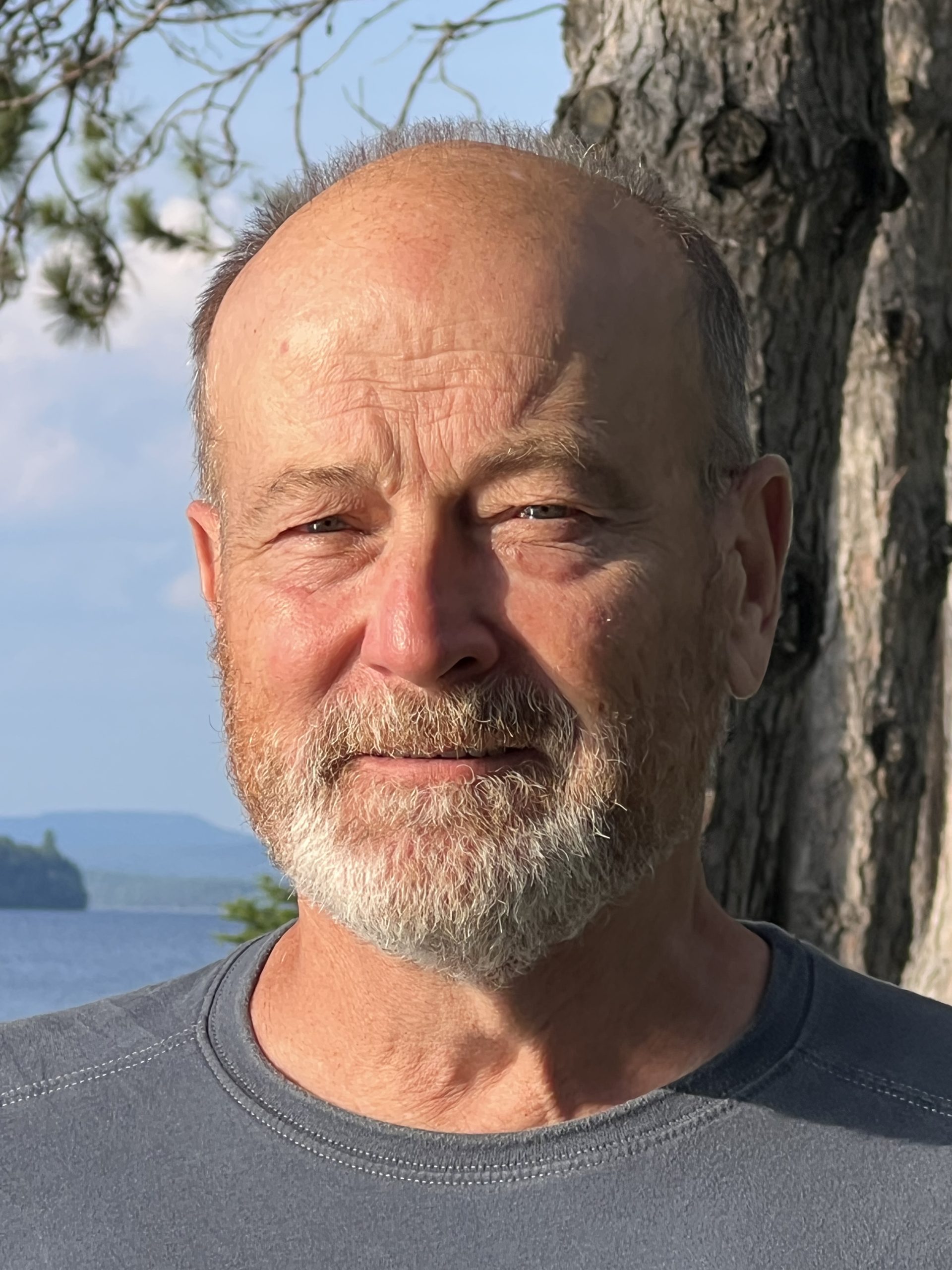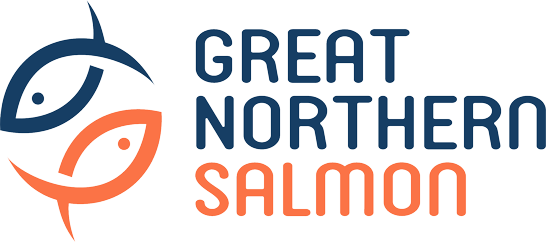Meet Our Team – Dean Guest

At Katahdin Salmon, we believe that a strong and experienced team is the foundation for the successful development of our land-based facility in Millinocket, Maine. With the design and development of several facilities in our pockets and more than 100+ years of combined RAS production experience, we believe that we are well-suited for the journey ahead of us. In the series “Meet Our Team”, we will introduce our team members and their thoughts on what it takes to succeed in developing a land-based RAS facility for Atlantic salmon in the US today. The first man out is our Head of Technology, Dean Guest:
What are the highlights of your background that are relevant to your job in Katahdin Salmon?
I have been in the salmon farming industry for nearly forty years. During that time, I was responsible for managing company assets to achieve production goals on time and budget. To accomplish this, I developed competent and accountable teams to operate and manage land-based salmon production within an efficient reporting structure.
I transitioned the majority of production to RAS, by working with staff, engineers, suppliers, and contractors to design and build a series of modular systems from incubation through post-smolt. These systems are robust, stable, simple, easy to operate and maintain.
Working with partners, I also developed Atlantic salmon breeding programs, incorporating genomics, in land-based freshwater facilities including RAS systems.
In your opinion, what differentiates Katahdin Salmon from other RAS projects?
Katahdin Salmon and the Millinocket project, have a number of factors that differentiate it from other similar ventures. The brownfield site has significant existing infrastructure from water supply and hydropower to a previously excavated site with favorable ground for construction.
We have a team with extensive experience who will work closely with suppliers to ensure that appropriate technology is designed to support a realistic bioplan. The facility will be built to a high standard and is backed by strong community support and a local workforce.
What do you think is necessary to succeed with a RAS project today?
Some of the key factors that will influence the outcome of land-based grow-out projects.
- Experience
- Ideal/favorable site
- Realistic bioplan based on actual performance data of the fish stocks to be used
- Appropriate technology constructed to a high standard that is designed to support the bioplan and stated production goals
- Redundancy in primary and backup systems
- Community support
What risks are critical to manage to succeed with a RAS project today?
Managing risk begins from the very inception of such projects, making site selection the cornerstone of fundamental risk factors. Once the site has been determined, experience in the design and operation of these systems is key. The design needs to be robust and capable of supporting peak inventories/feed rates while maintaining high water quality including temperature. A modular design that divides inventory into manageable units while incorporating redundancy, backup systems, and biosecurity will minimize risk. Through this process, there needs to be a rigorous and tight system to keep capital costs in line with the budget.
What do you see as the greatest challenge for the industry today?
One of the greatest challenges is to overcome the current image of this sector due to the inability of such ventures to meet their production goals through loss of inventory caused by foreseeable and avoidable issues both in design and management.
